Bowtie Confidential: How Full Is Your Plate? 6/20/11
The discussion I have most often with clients, especially the C-suite, is about the growing number of federal initiatives and the need to prioritize them all. The list of initiatives includes but is not limited to Meaningful Use, ARRA, HIPAA, health insurance exchanges, health information exchanges, RHIOs, ICD10, Payment Reform, and ACOs.
The list does not include the standard (and just as important) issues such as relationships with medical staff and the board, the recruitment and retention of physicians, reduction in payments by third parties (including Medicare and Medicaid), tighter and tighter margins, shrinking endowments, etc. My apologies to any reader whose concern I have not mentioned.
What should the CEO of a large, complex healthcare organization do about these competing initiatives?
Many require extensive manpower, such as the implementation of an EMR or CPOE system. As of yet, I have not been to a single organization that has a cadre of staff sitting in their office just waiting to work on the next initiative. Nor have I seen an organization that is so capital rich that these type of initiatives can be paid for without a formal internal review, and ultimately, board approval.
It is my suggestion that you do a careful risk analysis of each of the initiatives and determine which ones are really necessary to be done right now.
- Where do you have financial risk (reduction in payments or loss of opportunity to collect additional funding)?
- Where do you have market risk because your competition is moving ahead?
- How much benefit will your organization derive (referrals, downstream revenue, beating the competition) if you provide financial support for your community physicians?
We think that the (proverbial) 500-pound gorilla is going to be the ICD-10 work. When I was in D.C. a couple of weeks back, the rumor (not yet substantiated) was that the federal government may push back Stage 2 of Meaningful Use to allow organizations the necessary time to work on ICD-10. Pushing the dates for compliance for the next Meaningful Use stage would be a great assist to healthcare organizations, as it will allow them to concentrate on meeting the requirements for ICD-10.
We at Hayes have found that far too few of our clients have started to plan for ICD-10. There doesn’t seem to be an accurate understanding of the amount of work that will need to be done.
There is also a general lack of knowledge regarding the financial implications of not being ready for ICD-10. The financial risk can be up to 5% of your monthly revenue. This figure likely dwarfs any of the other initiatives mentioned earlier.
Therefore, given the financial risk, we are advising our clients to move ICD-10 preparation up to the top of their list of priorities. Begin to educate the medical staff and talk to your vendors (almost all of whom will also be affected). Develop a plan so that your organization is ready for ICD-10.

Don Michaels, PhD is vice president, strategic and advisory services, for Hayes Management Consulting and teaches healthcare IT for the Harvard School of Public Health.


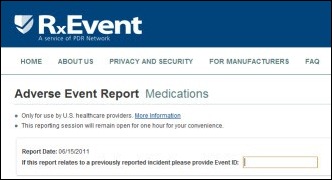



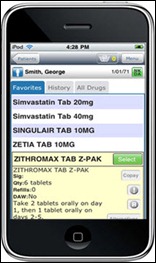
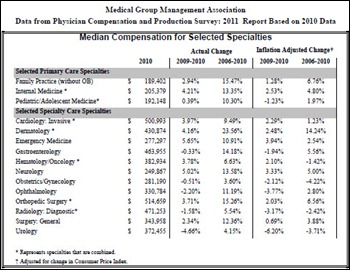
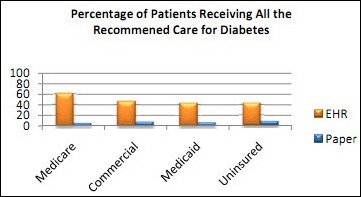



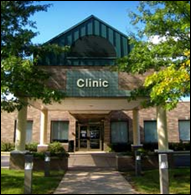
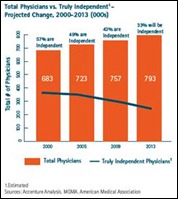
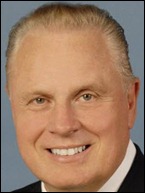


Re: Walmart Health: Just had a great dental visit this morning, which was preceded by helpful reminders from Epic, and…